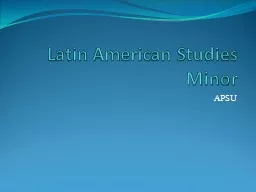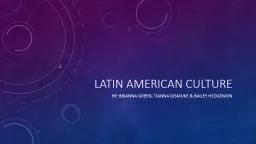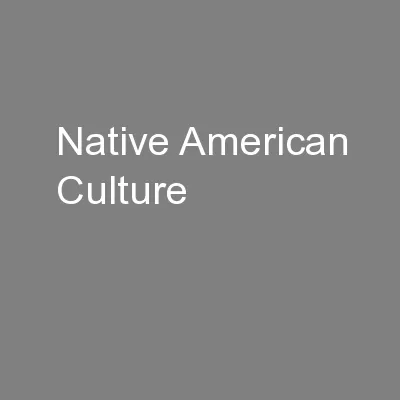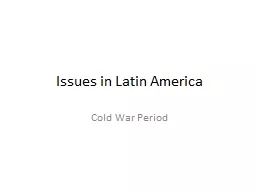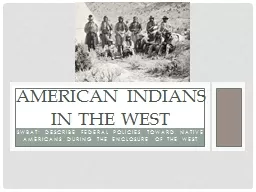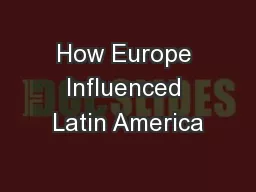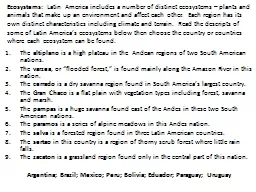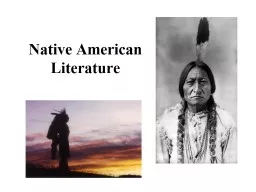PPT-History:- Papayas, native to Central America, have been long revered by the Latin American
Author : alexa-scheidler | Published Date : 2018-02-23
This revered tropical fruit was reputably called the fruit of the angels by Christopher Columbus In the 20th century papayas were brought to the United States and
Presentation Embed Code
Download Presentation
Download Presentation The PPT/PDF document "History:- Papayas, native to Central Ame..." is the property of its rightful owner. Permission is granted to download and print the materials on this website for personal, non-commercial use only, and to display it on your personal computer provided you do not modify the materials and that you retain all copyright notices contained in the materials. By downloading content from our website, you accept the terms of this agreement.
History:- Papayas, native to Central America, have been long revered by the Latin American: Transcript
Download Rules Of Document
"History:- Papayas, native to Central America, have been long revered by the Latin American"The content belongs to its owner. You may download and print it for personal use, without modification, and keep all copyright notices. By downloading, you agree to these terms.
Related Documents


